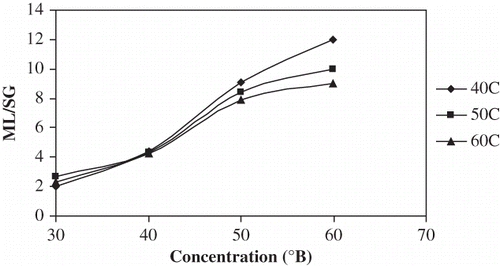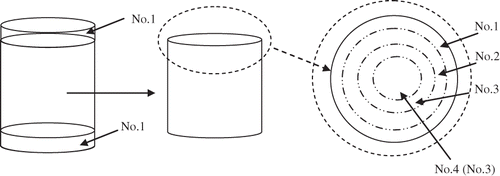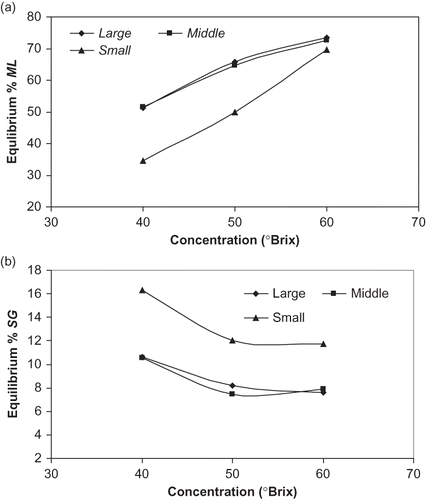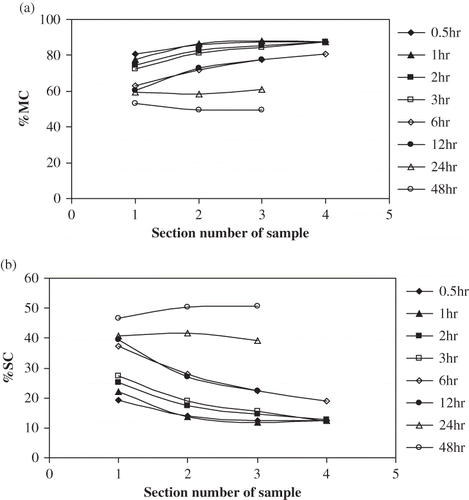Figures & data
Table 1 Relation of the experimental data and Azuara's model predicted equilibrium value of osmotic dehydration during dynamic period
Figure 2 Moisture loss, solids gain and weight reduction of apple cylinders as a function of time at 50°C 50°Brix.
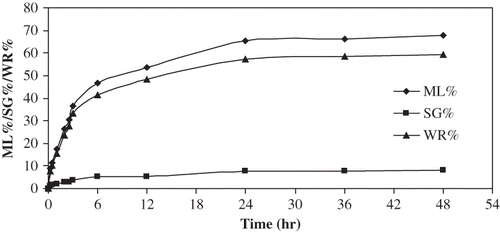
Figure 3 Plot of t/ML / t/SG / t/WR vs t for osmotic dehydration of apple cylinders at 50°C 50°Brix.
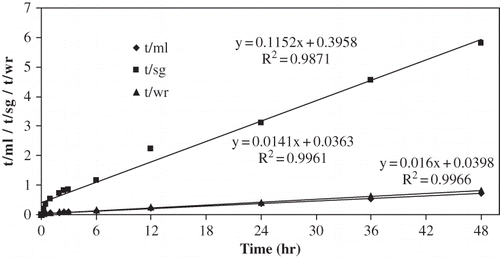
Table 2 Relation of Azuara's model predicted equilibrium moisture loss, weight reduction and solid gain with 24-h period experiment data
Figure 4 Plot of equilibrium ML% vs temperature for osmotic dehydration of apple cylinders at different concentration.
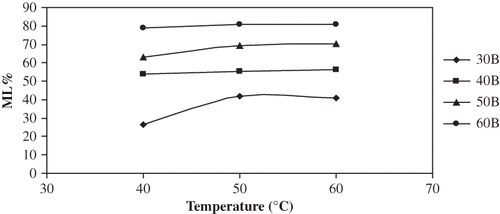
Figure 5 Plot of equilibrium ML% vs concentration for osmotic dehydration of apple cylinders at different temperatures.

Table 3 Mean values and 95% confidence limits for moisture loss (%) during osmotic treatment of apple cylinders in sugar solution at different concentrations and different temperatures
Figure 6 Plot of equilibrium SG% vs temperature for osmotic dehydration of apple cylinders at different concentrations.
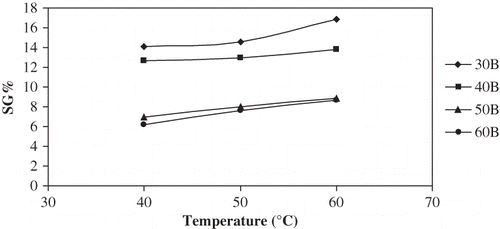
Figure 7 Plot of equilibrium SG% vs concentration for osmotic dehydration of apple cylinders at different temperatures.
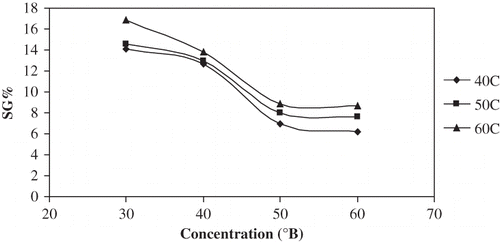
Table 4 Mean values and 95% confidence limits for solids gain (%) during osmotic treatment of apple cylinders in sugar solution at different concentrations and different temperatures
Figure 8 Plot of equilibrium ratio of ML/SG vs temperature for osmotic dehydration of apple cylinders at different concentrations.
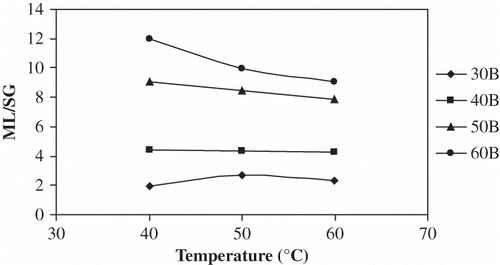
Figure 9 Plot of equilibrium ratio of ML/SG vs concentration for osmotic dehydration of apple cylinders at different temperatures.
